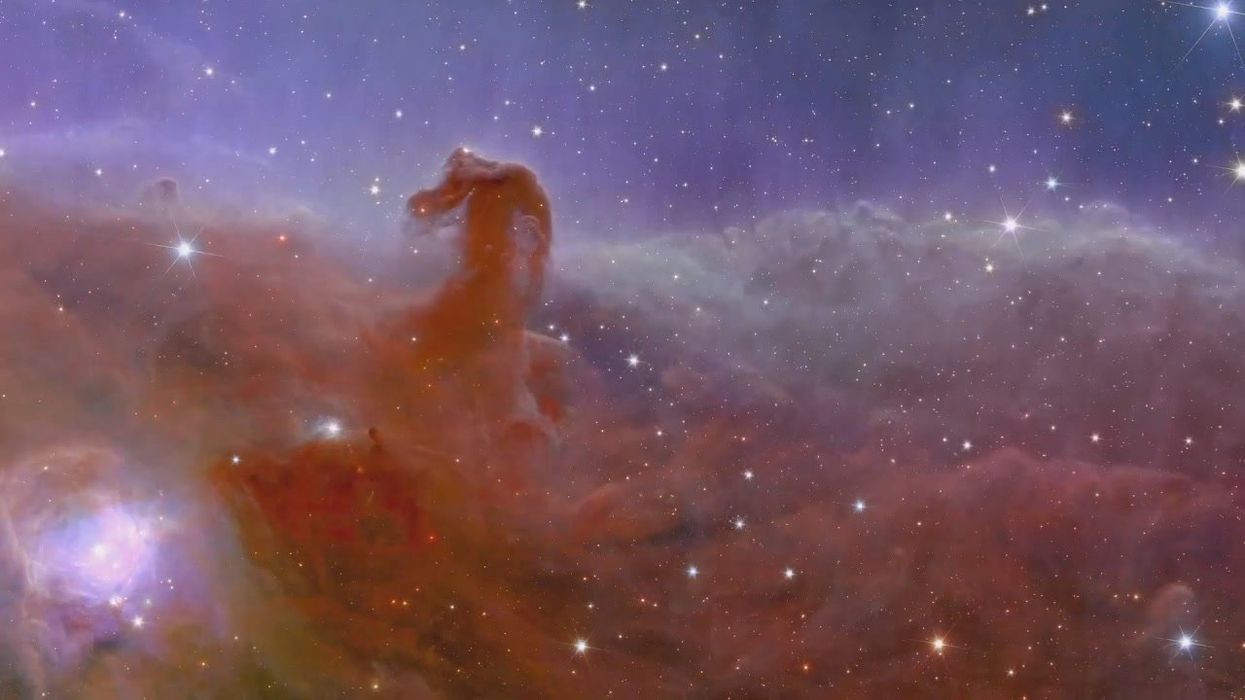Science & Tech
Harry Fletcher
Jul 10, 2025
Euclid telescope reveals stunning images from "dark universe"
KameraOne - Short Cuts / VideoElephant
It’s one of the biggest questions humans have asked themselves since the dawn of time, but we might be closer than ever to understanding how the universe developed the way it did and we all came to be here.
Computer simulations are happening all the time in the modern world, but a new study is attempting to simulate the entire universe in an effort to understand conditions in the far reaches of the past.
Full-hydro Large-scale structure simulations with All-sky Mapping for the Interpretation of Next Generation Observations (or FLAMINGO for short), are being run out of the UK.
The simulations are taking place at the DiRAC facility and they’re being launched with the ultimate aim of tracking how everything evolved to the stage they’re at now within the universe.
The sheer scale of it is almost impossible to grasp, but the biggest of the simulations features a staggering 300 billion particles and has the mass of a small galaxy.
One of the most significant parts of the research comes in the third and final paper showcasing the research and focuses on a factor known as sigma 8 tension.
This tension is based on calculations of the cosmic microwave background, which is the microwave radiation that came just after the Big Bang.

Out of their research, the experts involved have learned that normal matter and neutrinos are both required when it comes to predicting things accurately through the simulations.
"Although the dark matter dominates gravity, the contribution of ordinary matter can no longer be neglected, since that contribution could be similar to the deviations between the models and the observations,” research leader and astronomer Joop Schaye of Leiden University said.
Simulations that include normal matter as well as dark matter are far more complex, given how complicated dark matter’s interactions with the universe are. Despite this, scientists have already begun to analyse the very formations of the universe across dark matter, normal matter and neutrinos.
"The effect of galactic winds was calibrated using machine learning, by comparing the predictions of lots of different simulations of relatively small volumes with the observed masses of galaxies and the distribution of gas in clusters of galaxies," said astronomer Roi Kugel of Leiden University.
The research for the three papers, published in the Monthly Notices of the Royal Astronomical Society, was undertaken partly thanks to a new code, as astronomer Matthieu Schaller of Leiden University explains.
"To make this simulation possible, we developed a new code, SWIFT, which efficiently distributes the computational work over 30 thousand CPUs.”
This article was originally published on 11 November 2023
Why not read...
Surprising reason why there are no human remains on the Titanic
Airports could be detected by aliens 200 lightyears away
Sign up for our free Indy100 weekly newsletter
How to join the indy100's free WhatsApp channel
Have your say in our news democracy. Click the upvote icon at the top of the page to help raise this article through the indy100 rankings
Top 100
The Conversation (0)














